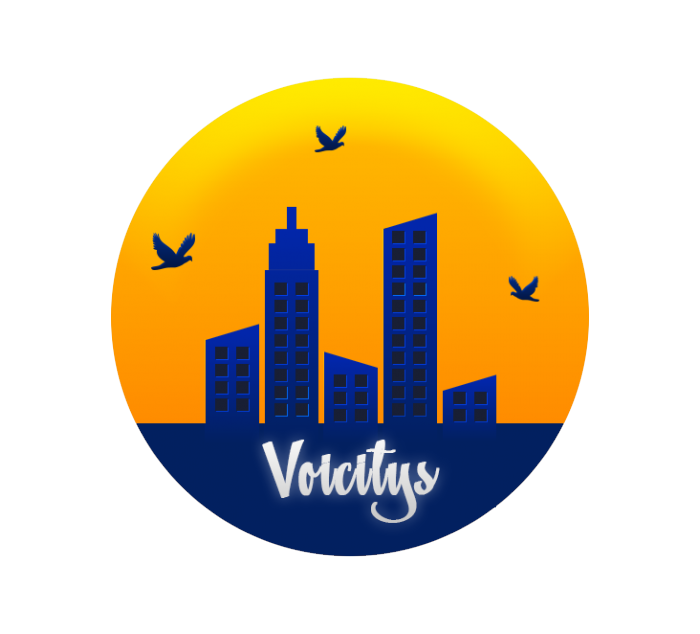[vc_row 0=””][vc_column][vc_column_text 0=””]Short background- Budapest-Jozsvefvaros
Józsefváros is the 8th district of Budapest, the capital, largest city as well as political/cultural/financial/economic center of Hungary.
Budapest’s current territory consists of 23 neighbouring suburban municipalities.
The area of Józsefváros was mainly formed during the urban boom known by Budapest in the late 19th century.
The neighbourhood has a total 76 thousand inhabitants, enclosing a relatively small but socially and culturally most diverse urban landscape.
In spatial terms, Józsefváros is broken down into 3 main parts, spanning 11 sub-neighbourhoods, with the foregoing parts being:
- Inner-Józsefváros (Palace Quarter). This area includes high-quality residential buildings. It was built for an audience of aristocrats in the late 19th century and is an important institutional core, containing building of national significance as the National Museum.
- Middle-Józsefváros. Is is a residential area featuring a mix of old, run down housing stock and pre-fab housing estate. It was designed as a dweling place for traditional workers, craftsmen and the lower-class in general. The area did not extract any benefits from the socio-economic transformations undergone by Hungary in the 20th century, acquiring a rather bad renown over the last decade, due to rooted crime and poverty issues. This notwithstanding, Middle-Józsefváros is presently home to several urban renewal programs.
- Outer-Józsefváros. The area comprises brown-fields (e.g. large railway stations, industrial sites) and elegant low-rise residential areas. The share of public husing in Outer-Józsefváros is relatively high (15% of the total dwelling stock) as compared with Budapest (5%).
The Integrated Settlement-Development Strategy of 2015 qualifies the social welfare system in the area as generally well-developed while at the same time outlining the persistence of challenges as the high ratio of the population dependent on social benefits, a high percentage of disadvantaged pupils and the over-representation of homeless care institutions within the district.
Magdolna quarter is the most disadvantaged portion of the overall area, being under a complex social urban rehabilitation programme since 2005. The area keeps being characterized by a high rate of urban segregation. Positive developments include the renovation of several residential buildings and public places between 2005 and 2015 as well as the establishment of new service institutions (e.g. Glove Factory Community Centre, FoDo Sport Centre, Community Place and laundry, renewed Teleki László square’s market). Several low-threshold services and capacity development trainings were offered over the same period.
Besides Magdolna quarter , Népszínház street is also an area of interest in the Development Strategy. The Népszínház Street thematic program is built on the revitalization of the whole Józsefváros craftsman traditions and their complex utilization. Though traditional craftsman service providers are still present, their position has to be strengthened, which could provide job opportunities and strengthen the local economy. At the same time, its traditions and particular atmosphere could serve as tourist destination. A reduction of social problems in the area might be a result of such an integrated development strategy.
[/vc_column_text][/vc_column][/vc_row][vc_images_carousel images=”228,227,226,225,224″ img_size=”large” autoplay=”yes” wrap=”yes”][vc_row 0=””][vc_column][vc_column_text 0=””][/vc_column_text][/vc_column][/vc_row]
